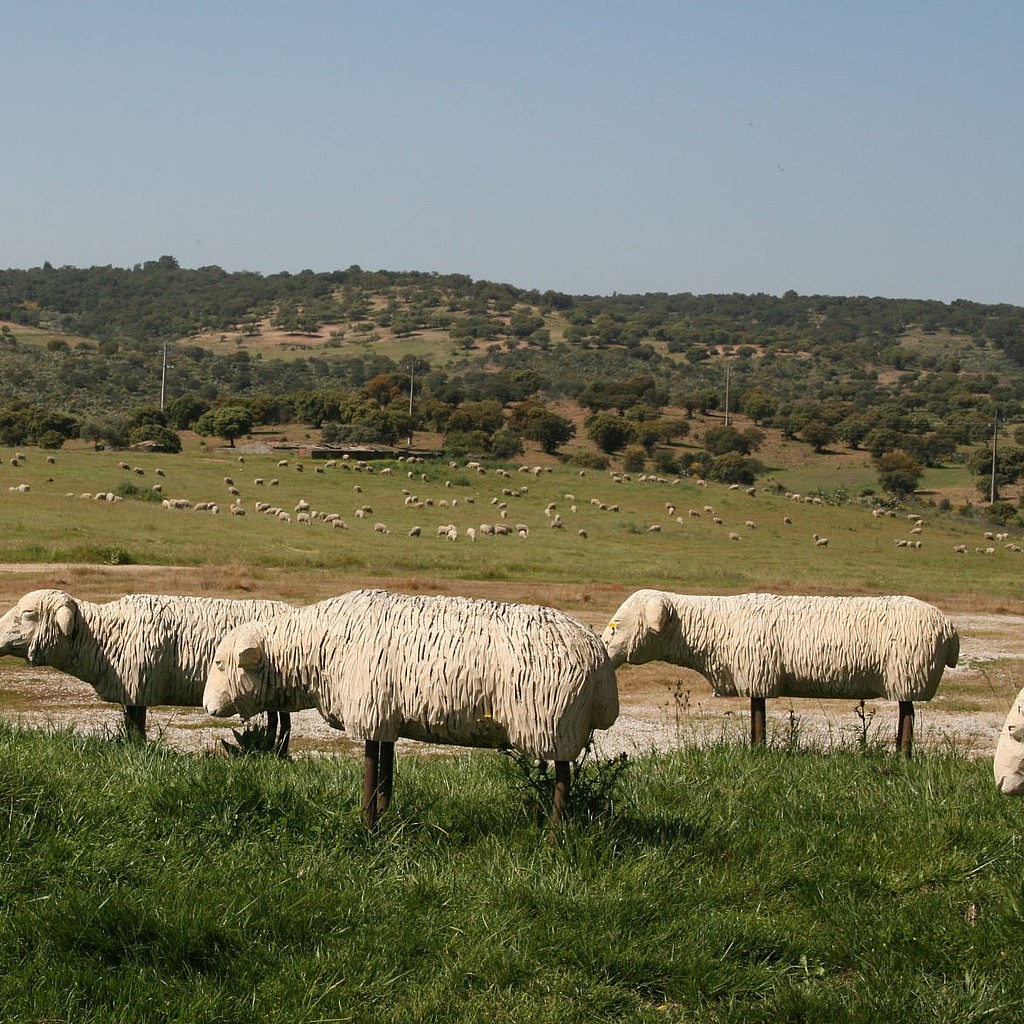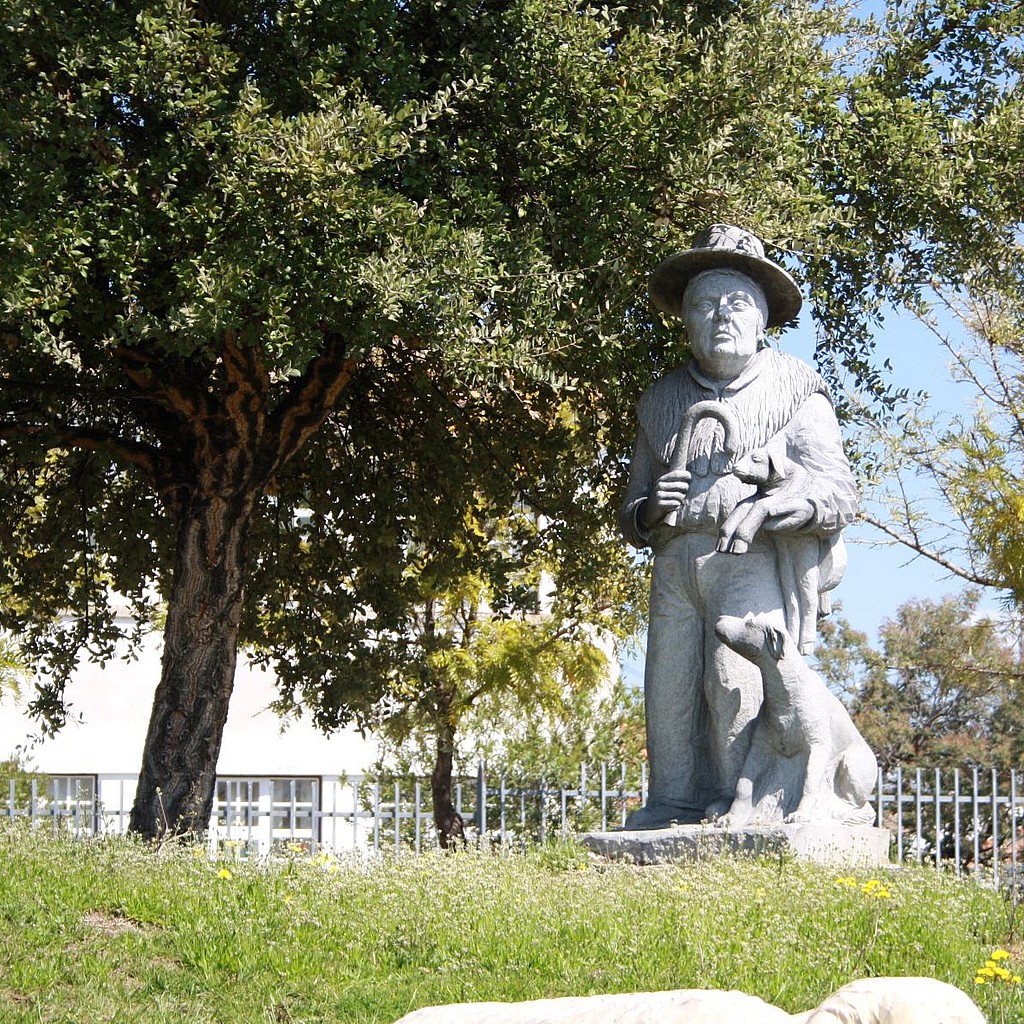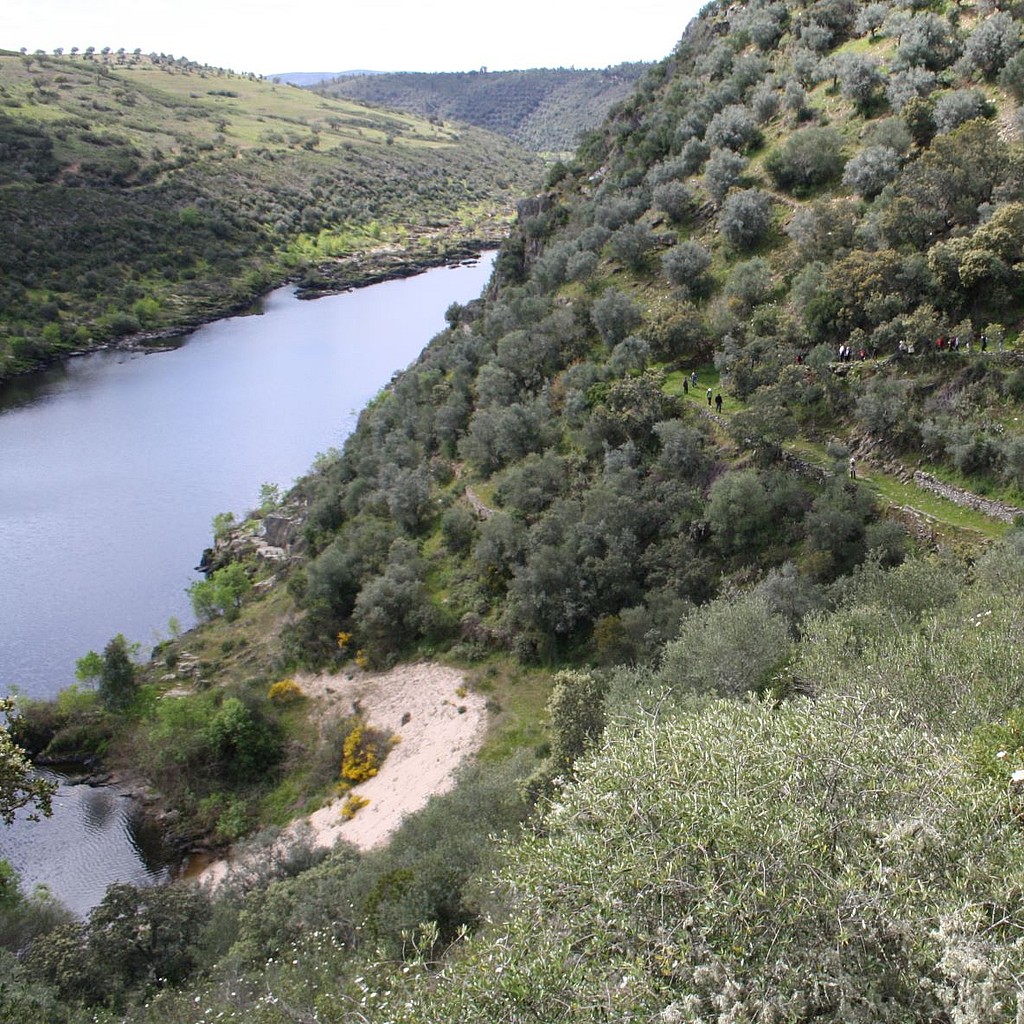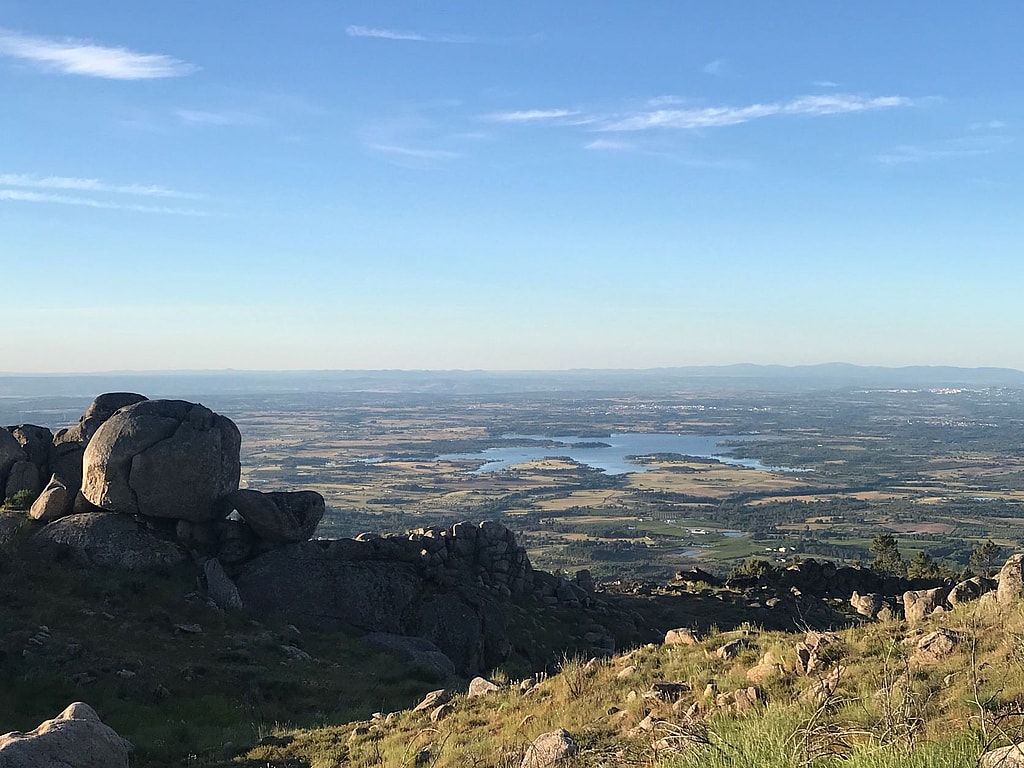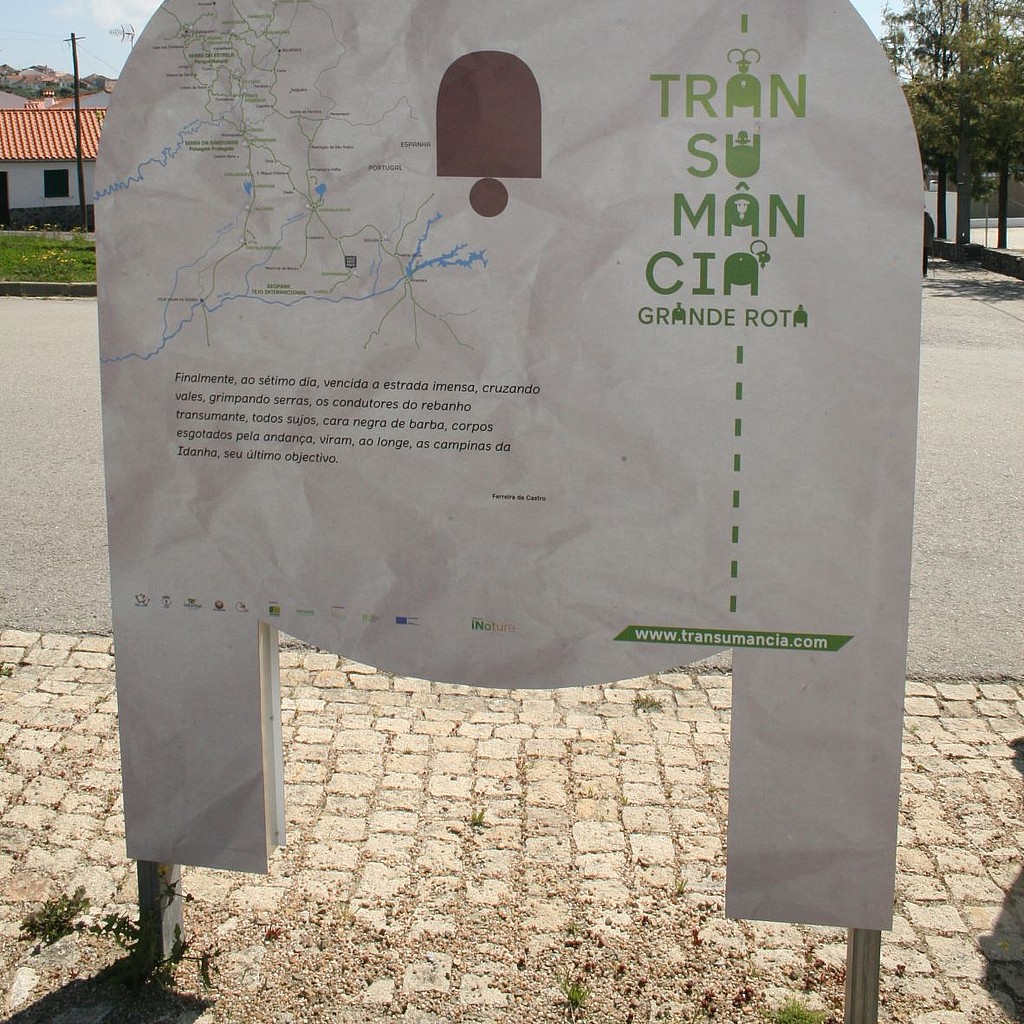AS CAMPANHAS DE IDANHA
Photo Gallery
Description
Map
DESCRIPTION
Naturtejo UNESCO Global Geopark, Central Portugal
In Portugal, there were two types of transhumance. Regarding winter transhumance, the seasonal movements of herds from mountain villages to the fields of Idanha, to the lowlands of Alentejo, to the fields of Ourique, Baixo Mondego and the Alto Douro region stand out. This type of cyclical grazing, in the national territory, has persisted since remote times, losing functionality in the second half of the last century. In 1999, in the Serra de Montemuro, what they would call “The last route of transhumance” was registered. The winter transhumance (wintering), in particular the one that took place in the region of Idanha-a-Nova, in addition to being covered by a set of unique singularities, underlies the centrality of this region as a fundamental axis for the mountain territories, from Estrela mountain. As well as all the pastoral life that has developed over the centuries in this same territory, granting it heritage and identities. From this territory with echoes of ancient pastoral rhythms, it was heard that there were more sheep than people” (in A transumância nas campanhas da Idanha, Eddy Chambino, 2013).
The careful selection of trails and paths, the rich cultural heritage and landscape connected by those, the forecast of the impacts of local human activities and pedestrians and, above all, the recourse to the interpretation of themes from the local natural and/or cultural landscape are structuring factors for the definition of a pedestrian route with high attractiveness.
The increase in demand for this type of tourist product has been putting pressure on destinations to increase the quality of the offer and enhance the experience of the place, with increasingly large investments that transport an increasing number of people to natural spaces, historical places and cultural landscapes, posing challenges to their conservation, the carrying capacity of the paths, the emotional relationship of the individual with the landscape and local communities, but also creating conditions of accessibility for all and promoting local sustainable development. Naturtejo Geopark in central Portugal, a vast territory designated by UNESCO for the international relevance of its geological heritage, as well as for the cultural relations with the landscape, has more than 1000 km of marked walking paths.
For a territory that seeks to differentiate tourism and increase the quality and diversity of the offer to structure itself as a destination, the offer of well-established networks of pedestrian paths is becoming a priority motivation for tourists. Through thematic hiking trails related with local history, relevant nature, exciting legends and exquisite products, the visitor is motivated to interact with locals and experience the places. Feeling the landscape at the geological pace of millions of years…enjoying the multiple sounds of the rural life.

